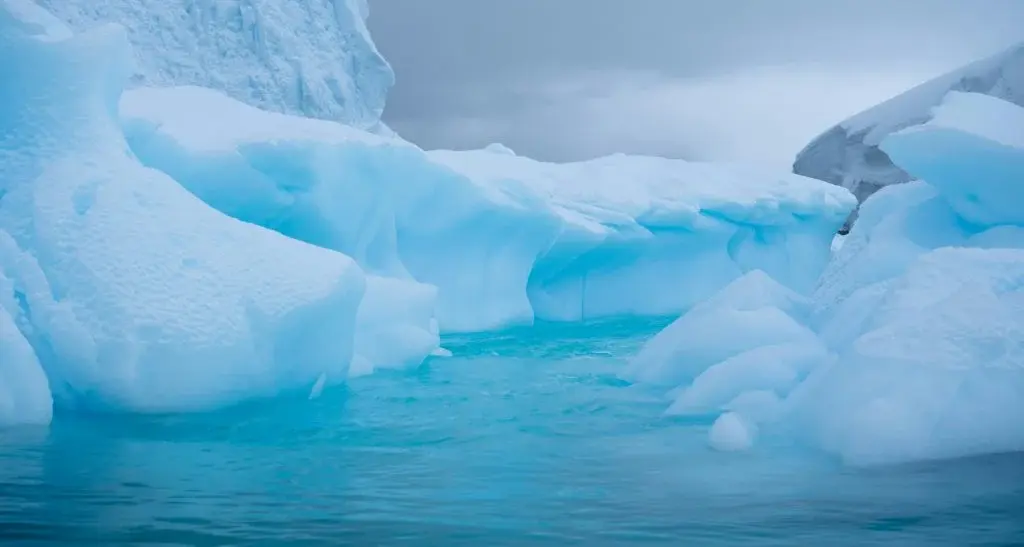Recent years have witnessed rapid changes in the Arctic climate; warming rates exceeded the global average by three to four times. This surprising climate phenomenon “Warm Arctic, Cold Eurasia” has profound consequences and sparks scientific interest in its underlying mechanisms.
Arctic sea ice extent is rapidly decreasing; It has been decreasing by approximately 12.2% per decade during the summer months over the last 40 years. Previous studies have shown that the decline of Arctic sea ice played an important role in creating the “Warm Arctic, Cold Eurasia” climate regime. But the limitations of existing observations have raised questions about whether internal atmospheric variability could mask the true impact of sea ice decline.
Dr. Shenping He is a senior researcher at the Institute of Geophysics at the University of Bergen and Developments in Atmospheric Sciences He used large-scale experiments to reveal the effects of Arctic sea ice loss and internal atmospheric variability on this climate regime.
The study, conducted in collaboration with several international institutions, showed that sea ice decline could indeed trigger a “Warm Arctic, Cold East Asia” pattern. However, the cooling effect from East Asia’s declining sea ice could easily be masked by atmospheric variability, leading to larger cold or warm anomalies.
In another study published in the same journal, the team also investigated future changes in Arctic sea ice by focusing on newly formed winter ice. As the Arctic warms, increasing open ocean area in winter contributes to new ice formation. This new ice provides important information about Arctic-air-sea interactions and broader atmospheric connections in the Northern Hemisphere.
The findings show that newly formed ice in the Arctic is expected to continue increasing until mid-century under different emissions scenarios, then level off under more moderate scenarios but decline at higher emissions.
These new studies not only measured the direct impact of Arctic sea ice on winter temperatures, but also found a trend for increased ice formation in the Arctic in winter. The data obtained provides an important insight into climate change in the “new Arctic” era.













